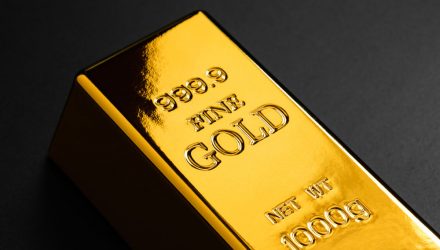When it comes to gold ETFs, such as the SPDR Gold Shares (NYSEArca: GLD), several countries are believed to have wide-ranging impact on the yellow metal.
U.S. monetary policy and the impact of the dollar on gold are seen as prominent parts of the gold price equation as is demand from emerging economies. Investor demand still remains an integral part of the gold equation, too.
Moreover, in the face of a stronger dollar and speculation that the Federal Reserve could raise interest rates over the mid- and long-term, gold prices could still move modestly higher with some help from increased demand out of the emerging markets, namely China and India.
However, investors should also note that Russia is a major player on the international gold stage.
“In 2016, the Central Bank of the Russian Federation bought 201 tonnes of gold, substantially more than the central bank of any other country. The People’s Bank of China, in second place, added 80 tonnes to its reserves, while the National Bank of Kazakhstan, in third position, acquired 36 tonnes,” according to the World Gold Council (WGC).
Another possible catalyst for gold entering the back of the year is lingering debate surrounding how many times the Fed can raise rates this year – one more is what many traders are betting on, and in 2018, three seems to be the bet there. Importantly, more investors are being lured to gold.
While the Fed is impactful when it comes to gold, it is not the only central bank that can affect gold prices. Russia’s central bank plays an increasingly important role in gold’s price action.
